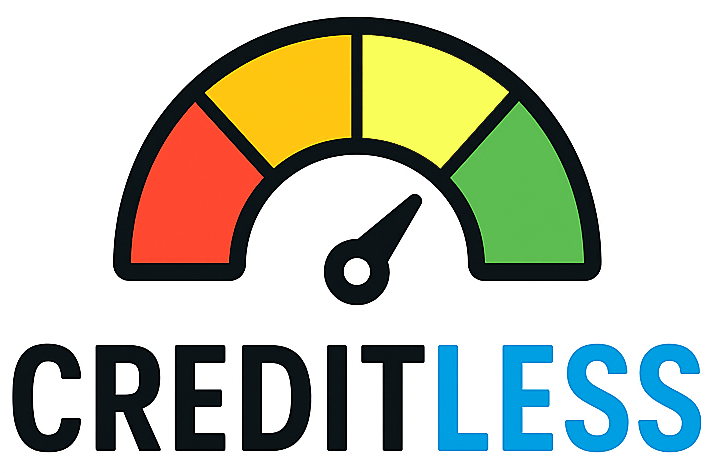The shift underway: why credit scores are evolving
Credit scoring is moving beyond static bureau files. Lenders and model providers increasingly use consumer-permissioned bank account and transaction data delivered through APIs — often via third-party aggregators — to evaluate cash flow, income stability and repayment capacity in near real time. That shift aims to improve underwriting for people with thin or no traditional credit files and to detect early signs of financial stress faster than traditional credit reports allow.
Industry developments over the past two years show this movement is no longer experimental: major scoring vendors and lenders are piloting and deploying models that combine traditional bureau data with open‑banking inputs, and regulators and industry groups are actively debating how to govern those flows.
How APIs and open banking actually change scoring and underwriting
At a technical level, open banking and modern aggregators deliver account‑level data (balances, deposits, income cadence, recurring debits, merchant-level transactions) through standardized or aggregator APIs. Lenders use this data to build features such as:
- Cash‑flow and affordability metrics — e.g., recurring income, months with negative balances, or spikes in spending.
- Trended behavior — rolling averages, velocity of deposits/payments and changes in discretionary spending.
- Verification and automation — faster income and asset verification for loan approval or pricing.
Model vendors are packaging these signals into scoring products. For example, VantageScore introduced a model that integrates open‑banking-derived alternative data (branded as VantageScore 4plus) and reported pilot results showing notable tier upgrades for underserved borrowers when bank data is included. Those pilot results indicate that combining traditional files with transaction-based signals can expand approval rates without necessarily increasing measured risk — though outcomes depend on modeling choices and controls.
Aggregators such as Plaid, Tink, TrueLayer, Yapily and others reduce integration complexity by offering a single API that connects to many banks, which accelerates adoption but introduces a new dependency layer between consumers, banks and lenders.
Regulatory, privacy and fairness considerations
Open banking promises consumer choice and financial inclusion, but it also raises regulatory and privacy questions. In the U.S., rulemaking and litigation around new data‑sharing mandates have been active: agencies and industry groups continue to debate the scope of authority, consent regimes, and security requirements for API-driven data sharing. Recent coverage shows regulators reconsidering or revising earlier approaches to open‑banking rules while industry stakeholders file legal challenges and seek clarity.
Privacy advocates warn that widespread use of transaction‑level data and alternative datasets can create new surveillance risks and expand the reach of data brokers unless tightened by policy or contractual limits. There are documented cases and reporting about attempts to scale back proposals aimed at limiting data broker practices, which increases the importance of strong consent, data minimization and clear data‑use disclosures in any open‑banking workflow.
Algorithmic fairness is another material risk: models that incorporate nontraditional signals must be tested for disparate impacts, and lenders will need governance and explainability mechanisms to show why automated decisions were made. Regulators and consumer groups are pushing for transparency so that borrowers can understand — and contest when appropriate — decisions informed by alternative data.
Practical implications and what consumers and lenders should do
For consumers
- Control consent: grant access only to trusted providers and limit permissions where possible.
- Read disclosures: check how data will be used, whether it will be retained, and if it will be sold or shared with data brokers.
- Monitor outcomes: if you permit bank access to qualify for credit, follow up by checking account statements and your credit reports to ensure expected results and no unauthorized sharing.
For lenders and fintechs
- Test for bias: perform robust disparate‑impact testing and maintain human oversight on automated decisions.
- Adopt strong security and consent UX: implement short-lived tokens, clear consent flows, and minimal‑necessary data collection.
- Measure business outcomes: run pilots that compare default performance and inclusion metrics with and without open‑banking inputs before broad rollout.
Looking ahead, expect scores and underwriting to become more dynamic and individualized: real‑time signals and AI models will enable faster decisions and better risk segmentation, while regulatory and market forces will determine how broadly these methods are adopted and governed. The potential gains for financial inclusion are real, but they must be balanced by strong privacy practices, transparent consumer protections and careful oversight.
